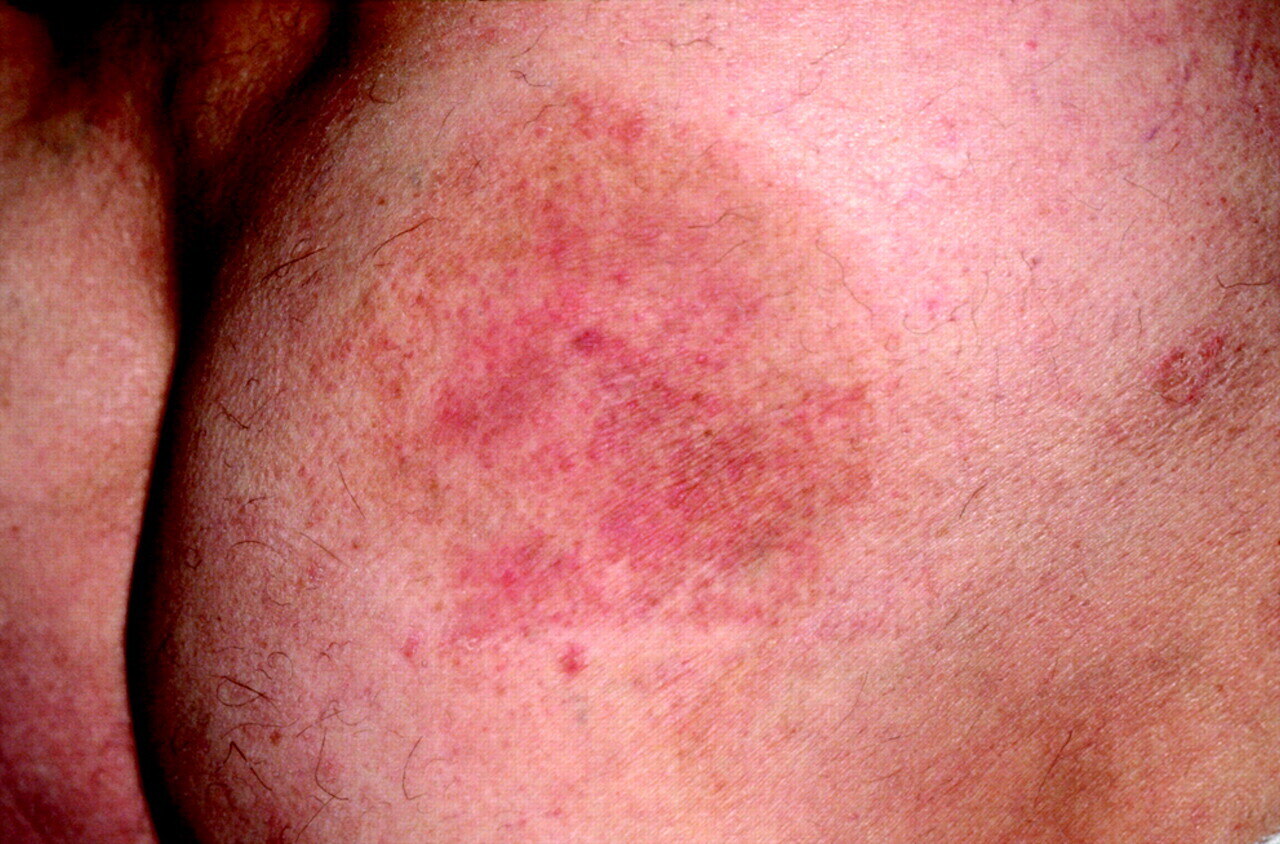
Primary Cutaneous Immunocytoma is a rare type of skin lymphoma that primarily affects older adults. This condition involves the abnormal growth of B-cells, a type of white blood cell, in the skin. Symptoms often include red or purple skin lesions, which can be mistaken for other skin conditions. Diagnosis typically requires a biopsy and various lab tests to identify the specific type of lymphoma. Treatment options range from topical therapies to more aggressive approaches like chemotherapy, depending on the severity and progression of the disease. Understanding this condition can help in early detection and effective management, improving patient outcomes.
Key Takeaways:
- Primary Cutaneous Immunocytoma is a rare skin lymphoma that mainly affects older adults. It causes nodules and plaques on the skin, but with proper treatment, many patients can maintain a good quality of life.
- Research into this condition is ongoing, with a focus on genetic studies and new therapies. International collaboration and patient advocacy are also helping to improve understanding and support for those affected.
Understanding Primary Cutaneous Immunocytoma
Primary Cutaneous Immunocytoma is a rare type of skin lymphoma. It originates from B-cells and primarily affects the skin. Here are some intriguing facts about this condition.
-
Rare Occurrence: This type of lymphoma is quite rare, making up less than 1% of all skin lymphomas.
-
B-cell Origin: It originates from B-cells, which are a type of white blood cell crucial for the immune response.
-
Skin Manifestation: The disease primarily affects the skin, presenting as nodules or plaques.
-
Slow Progression: It generally progresses slowly, which can make early detection challenging.
-
Common in Older Adults: Most cases are diagnosed in individuals over the age of 50.
Symptoms and Diagnosis
Recognizing the symptoms and understanding the diagnostic process is essential for managing Primary Cutaneous Immunocytoma.
-
Nodules and Plaques: Symptoms often include red or purple nodules and plaques on the skin.
-
Itching and Pain: These skin lesions can be itchy or painful, affecting the patient's quality of life.
-
Biopsy for Diagnosis: A skin biopsy is typically required to confirm the diagnosis.
-
Immunohistochemistry: This technique helps identify the specific type of lymphoma by detecting markers on the cells.
-
Blood Tests: Blood tests can help rule out systemic involvement and other conditions.
Treatment Options
Treatment varies based on the stage and severity of the disease. Here are some common approaches.
-
Radiation Therapy: Often used to target and shrink localized skin lesions.
-
Chemotherapy: Systemic chemotherapy may be necessary for more advanced cases.
-
Immunotherapy: This treatment boosts the body's immune system to fight cancer cells.
-
Topical Steroids: These can help reduce inflammation and discomfort in affected areas.
-
Surgery: In some cases, surgical removal of the lesions may be an option.
Prognosis and Outcomes
Understanding the prognosis and potential outcomes can help patients and their families prepare for the future.
-
Generally Favorable: The prognosis is generally favorable, especially for localized cases.
-
Long-term Monitoring: Regular follow-ups are essential to monitor for recurrence or progression.
-
Quality of Life: With appropriate treatment, many patients maintain a good quality of life.
-
Risk of Transformation: There is a small risk that the disease could transform into a more aggressive lymphoma.
-
Supportive Care: Supportive care, including pain management and psychological support, is crucial for overall well-being.
Research and Advances
Ongoing research continues to improve our understanding and treatment of Primary Cutaneous Immunocytoma.
-
Genetic Studies: Research into the genetic basis of the disease is ongoing, which may lead to more targeted therapies.
-
New Therapies: Clinical trials are exploring new therapies, including novel immunotherapies and targeted treatments.
-
Patient Registries: Patient registries help collect data to improve understanding and management of the disease.
-
International Collaboration: Researchers worldwide are collaborating to share knowledge and advance treatment options.
-
Patient Advocacy: Patient advocacy groups play a vital role in raising awareness and supporting those affected by the disease.
Final Thoughts on Primary Cutaneous Immunocytoma
Primary Cutaneous Immunocytoma, a rare type of skin lymphoma, often goes unnoticed due to its subtle symptoms. Understanding its signs, like red or purple skin nodules, can lead to early diagnosis and better outcomes. Treatment usually involves radiation therapy, chemotherapy, or immunotherapy, depending on the case's severity. Regular check-ups with a dermatologist are crucial for those at risk.
Staying informed about this condition can make a significant difference. If you or someone you know shows any symptoms, consult a healthcare professional promptly. Early intervention can improve the quality of life and prognosis. Remember, knowledge is power when dealing with rare diseases. Stay vigilant, stay informed, and take proactive steps towards health.
Frequently Asked Questions
Was this page helpful?
Our commitment to delivering trustworthy and engaging content is at the heart of what we do. Each fact on our site is contributed by real users like you, bringing a wealth of diverse insights and information. To ensure the highest standards of accuracy and reliability, our dedicated editors meticulously review each submission. This process guarantees that the facts we share are not only fascinating but also credible. Trust in our commitment to quality and authenticity as you explore and learn with us.
